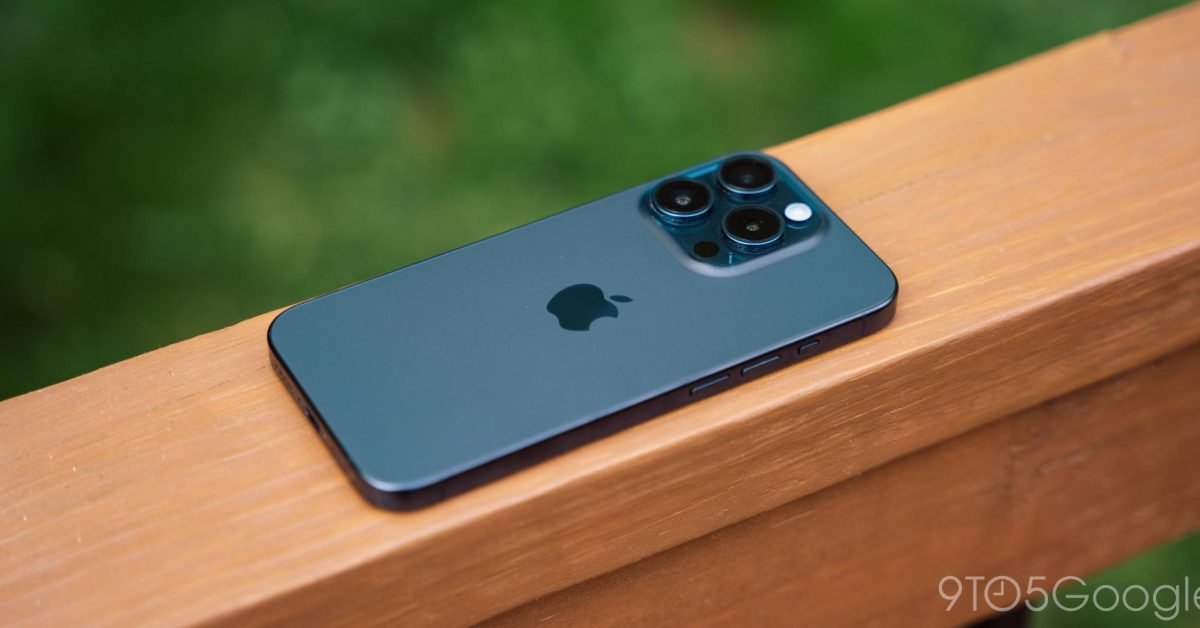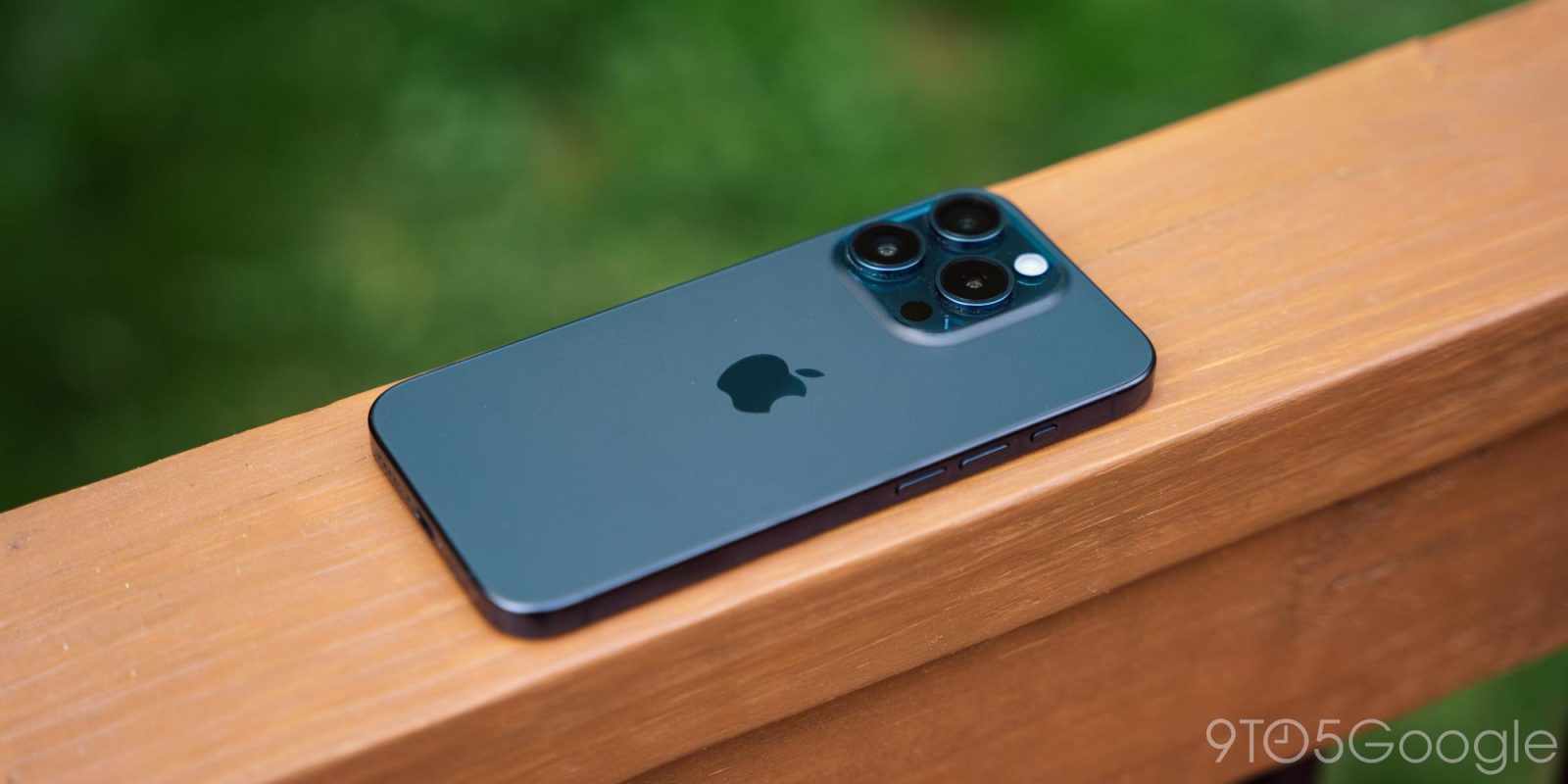
Apple shares new stats on product longevity; touts iPhone’s resale value vs Android
-
by Anoop Singh
- 2

Alongside expanding its latest changes to the Self Service Repair program to Europe, Apple today has shared a new whitepaper, “Longevity, by Design.” The paper focuses on Apple’s approach to longevity, its principles on repairability, and “the truth about parts pairing.”
“Designing the best, longest-lasting products in the world requires striking a balance between durability and repairability, while providing ongoing software updates — and we’re constantly looking for new and innovative ways to accomplish that mission,” John Ternus, Apple’s Senior Vice President of Hardware Engineering says.
The new whitepaper includes a handful of notable statistics about Apple product longevity:
- iPhone retains at least 40% more of its value compared to Android smartphones, with the valuation difference increasing for even older models of iPhone.
- There are hundreds of millions of iPhones that have been in use for more than 5 years — and that number is still growing. And Apple products remain in use longer than competitor devices.
- From 2015 to 2022, out-of-warranty repair rates were down by 38%.
- For iPhone, overall repairs for accidental damage have decreased by 44% since the introduction of improved enclosures starting with the iPhone 7 line-up.
- When liquid ingress protection was introduced with iPhone 7 and iPhone 7 Plus, repairs for liquid damage decreased 75%.
- Enabling iPhone 15 back glass repair as an individual module lowered the cost of repair for customers by over 60%.
- 85% of the US population is within a 30 minute drive of an Apple Store, Apple Authorized Service Provider (AASP) location, or Independent Repair Provider (IRP).
- 88% of third-party batteries tested in a UL Solutions study caught fire or exploded in at least one test.
Apple also highlights its “principles on repairability” in the new whitepaper:
- Principle 1: Environmental Impact
- Principle 2: Access to repair services
- Principle 3: Safety, security, and privacy
- Principle 4: Transparency in repair
Finally, the whitepaper addresses one of Apple’s controversial practices in repairability: parts pairing. Apple explains:
Parts pairing is the practice of using software to identify component parts through a unique identifier. Apple uses parts pairing to make access to repair easier and more transparent to customers while also ensuring that every device — and the data stored on it — remains secure and performs optimally. It is not to pressure consumers to go to Apple for their repairs — in fact, Apple conducts less than one third of out-of-warranty repairs. Additionally, in-warranty and out-of-warranty repair rates for Apple between 2015 and 2022 are down by 78% and 38%, respectively, reflecting increased device quality and reliability.
You can read the full whitepaper below or on Apple’s website.
FTC: We use income earning auto affiliate links. More.

Alongside expanding its latest changes to the Self Service Repair program to Europe, Apple today has shared a new whitepaper, “Longevity, by Design.” The paper focuses on Apple’s approach to longevity, its principles on repairability, and “the truth about parts pairing.” “Designing the best, longest-lasting products in the world requires striking a balance between durability…
Alongside expanding its latest changes to the Self Service Repair program to Europe, Apple today has shared a new whitepaper, “Longevity, by Design.” The paper focuses on Apple’s approach to longevity, its principles on repairability, and “the truth about parts pairing.” “Designing the best, longest-lasting products in the world requires striking a balance between durability…
